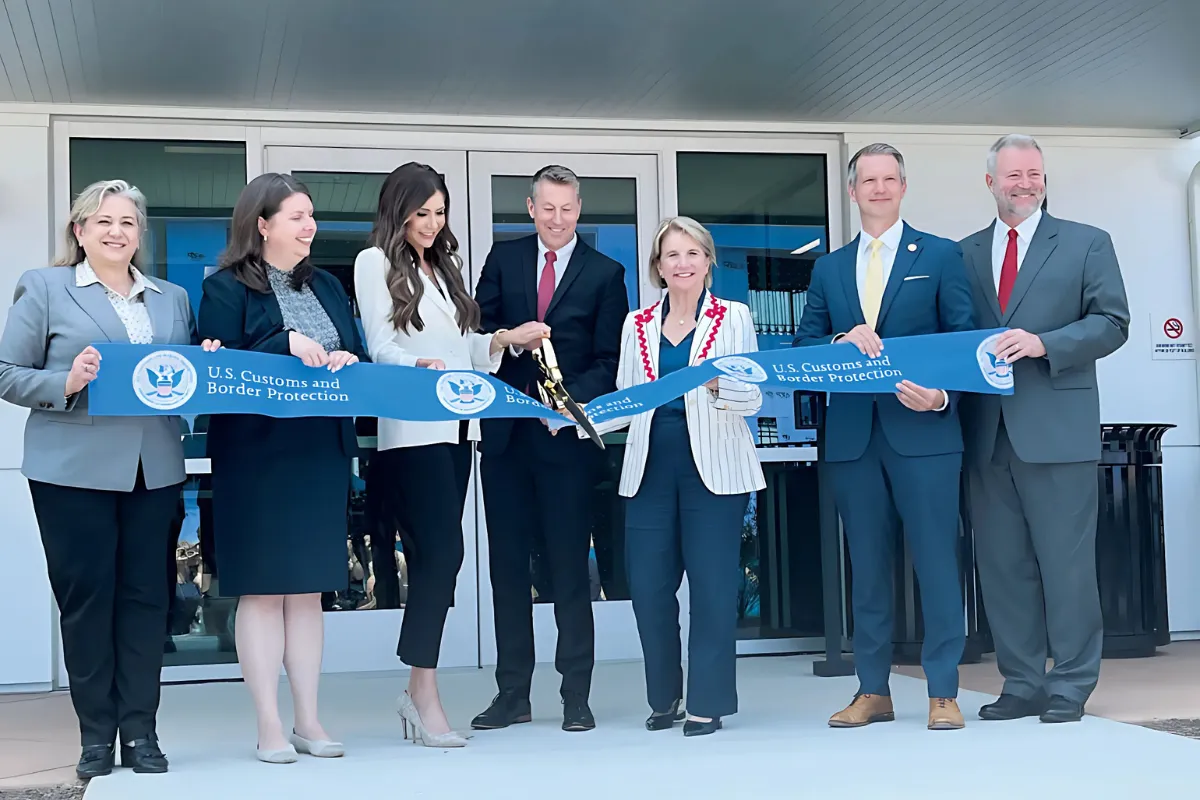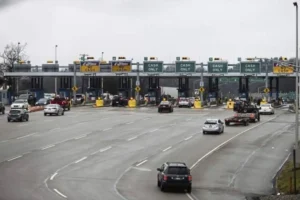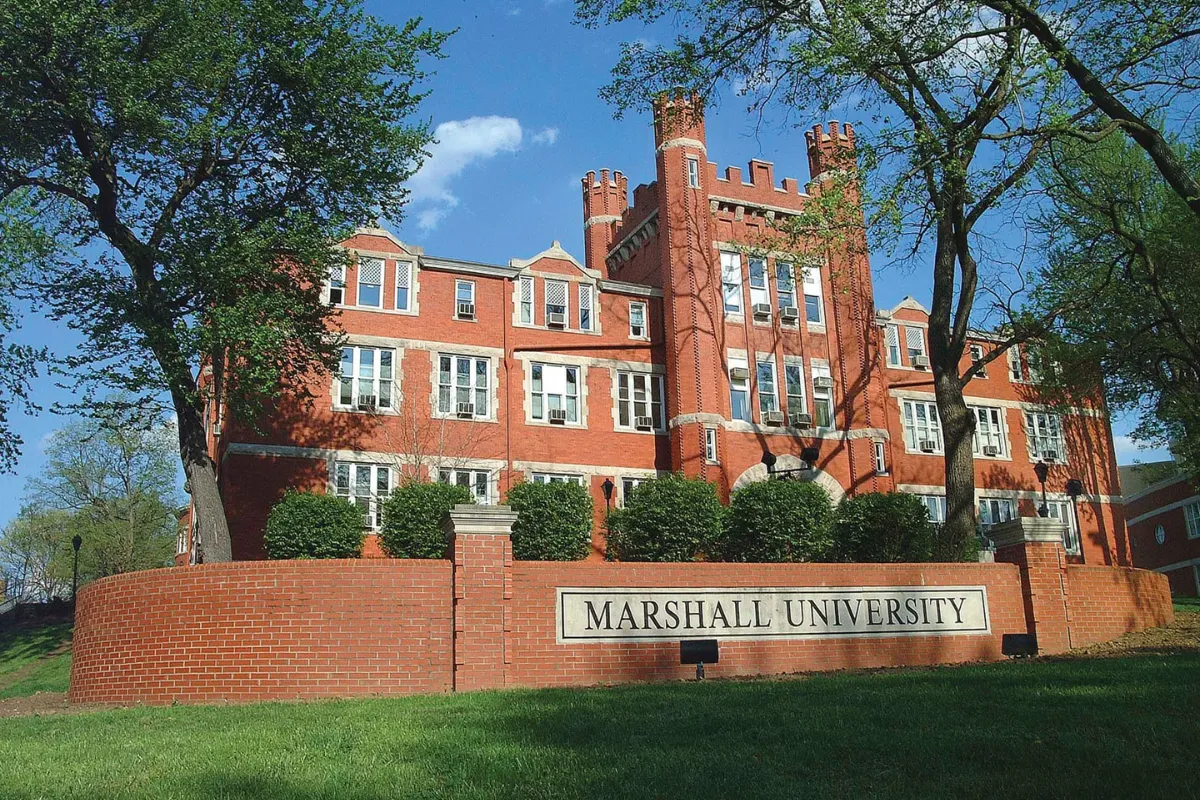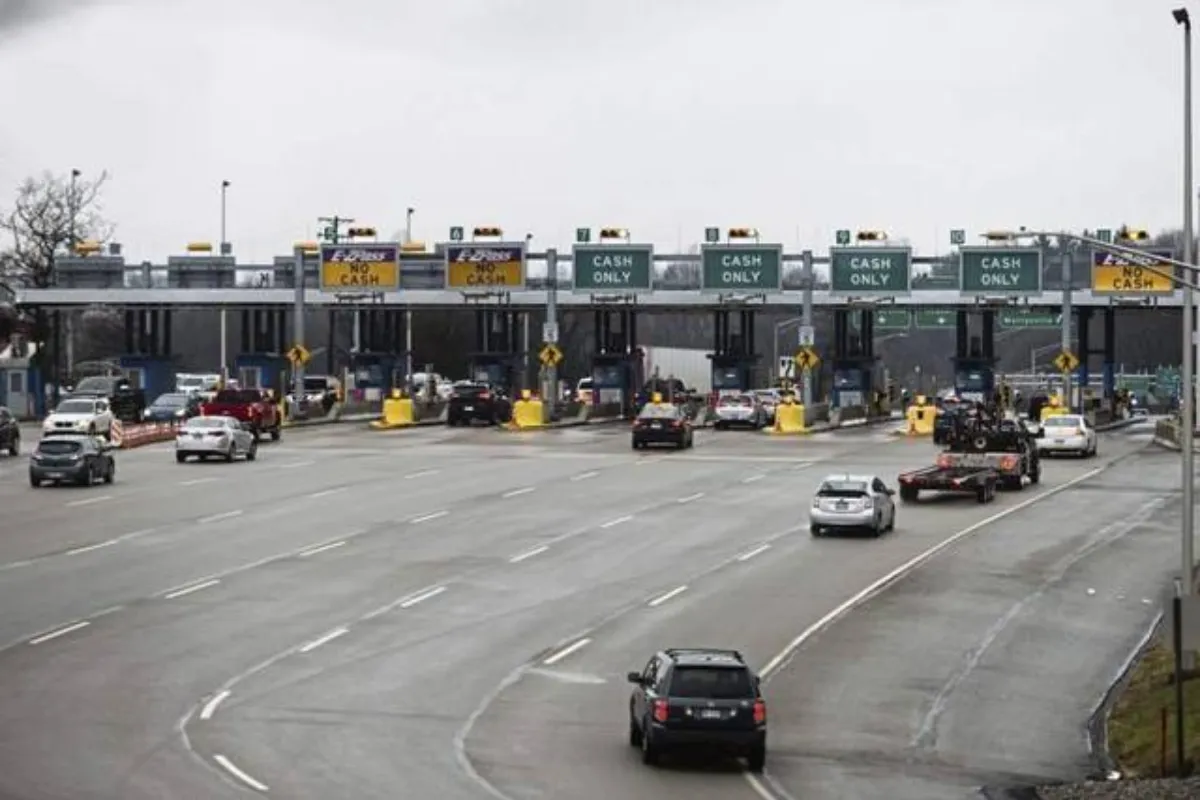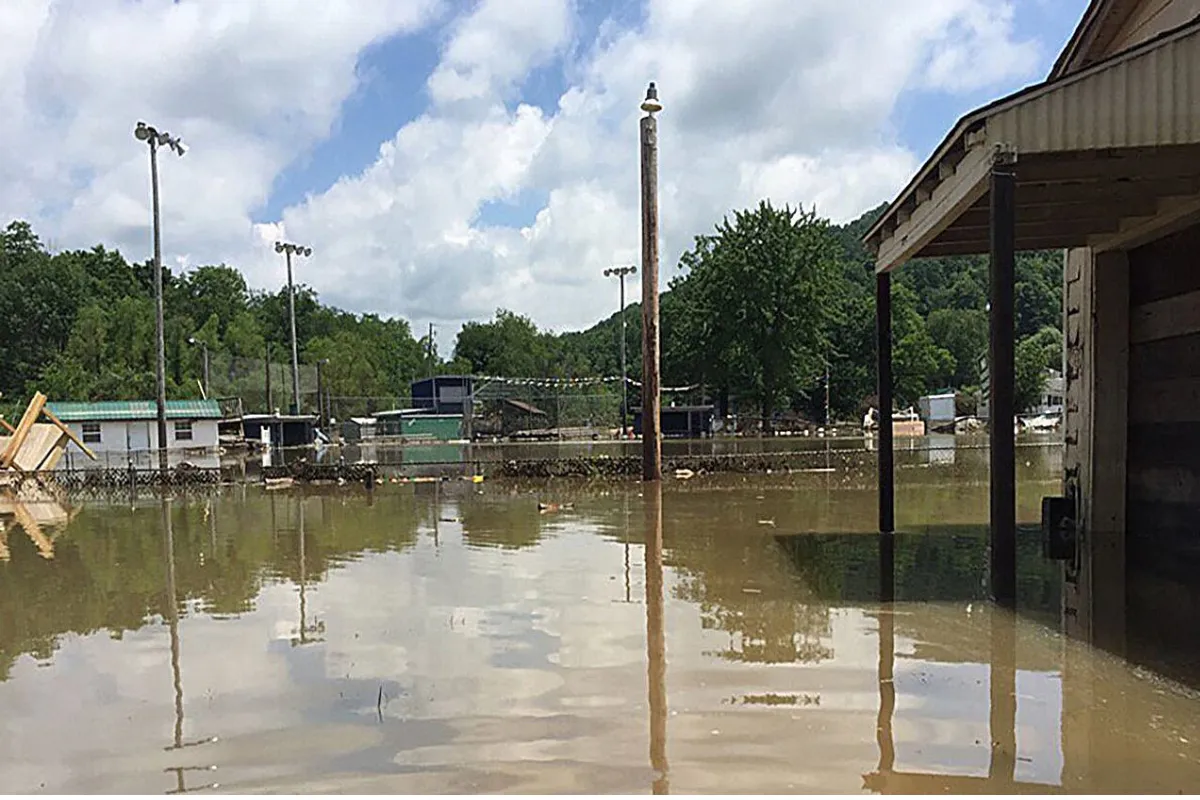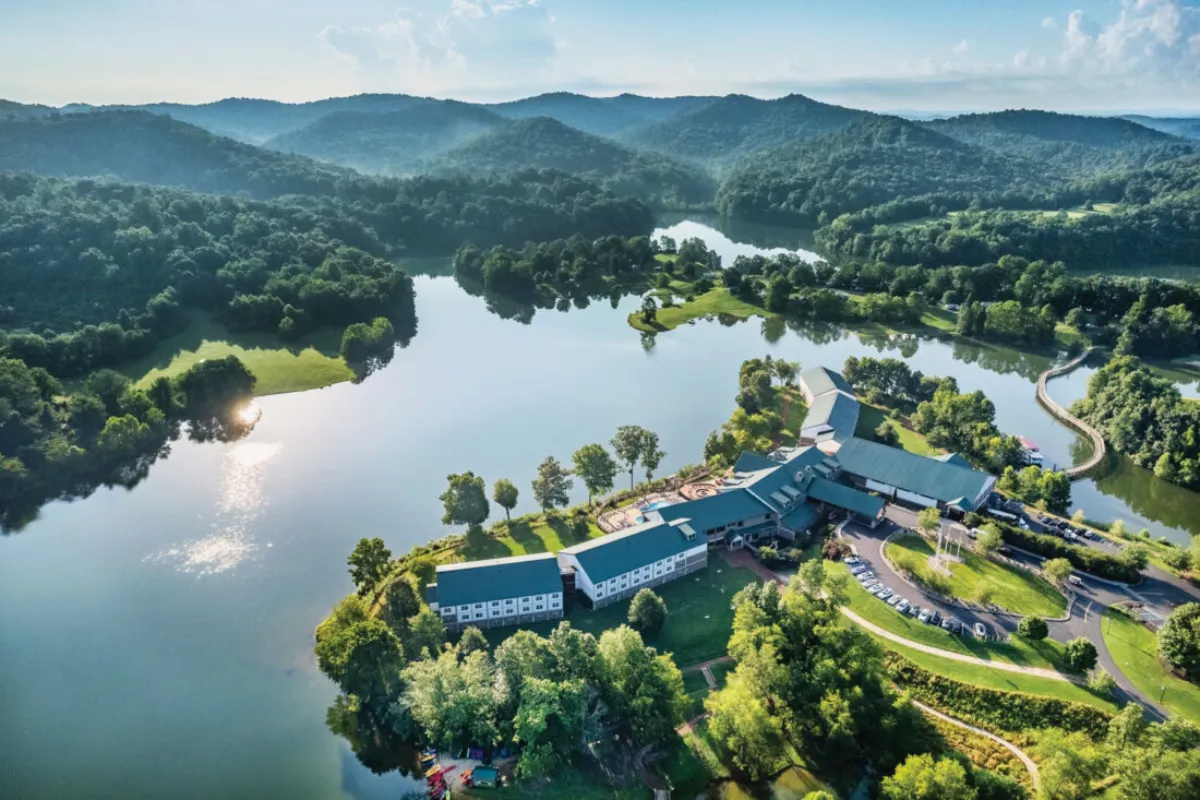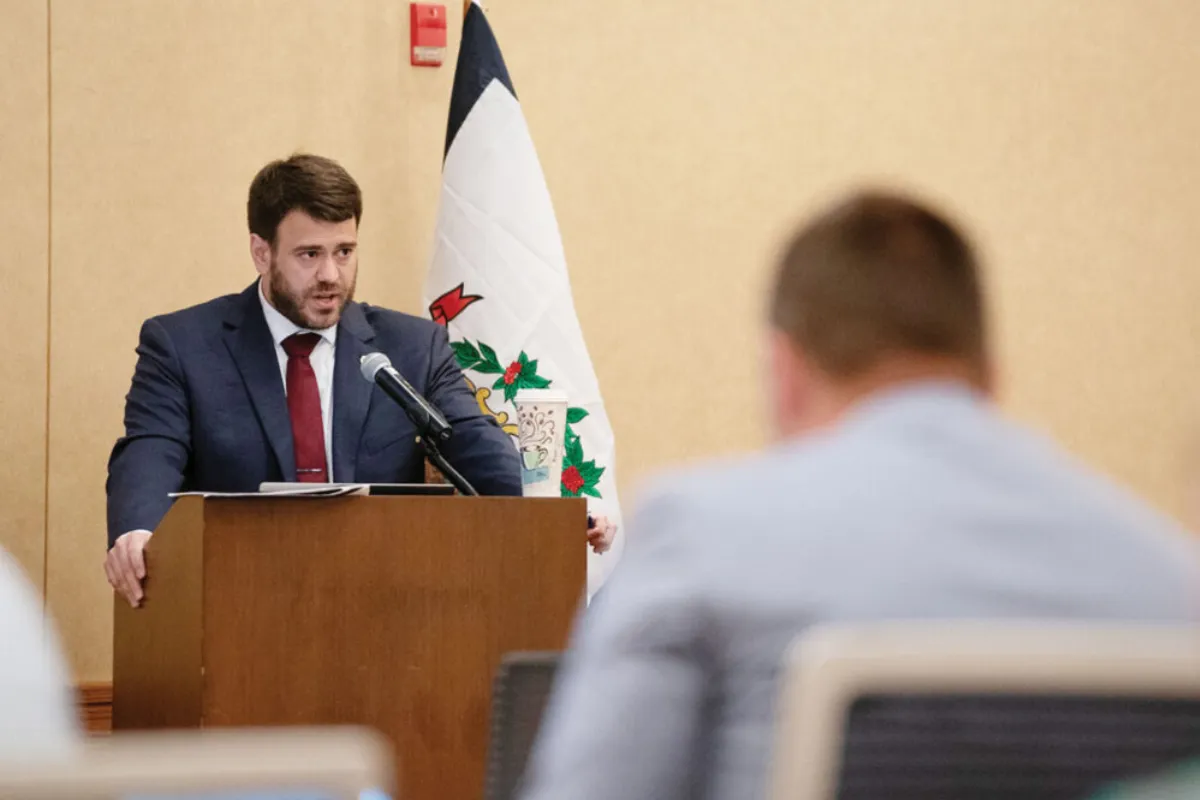A major milestone was celebrated this week at the U.S. Customs and Border Protection (CBP) campus in Harpers Ferry, West Virginia, as officials gathered to cut the ribbon on Monarch Hall, the newest building on the growing 224-acre training complex.
Among the dignitaries attending the event were U.S. Secretary of Homeland Security Kristi Noem, Sen. Shelley Moore Capito (R-WV), and Rep. Riley Moore (R-WV). All three shared remarks during a brief ceremony before CBP Commissioner Rodney S. Scott officially cut the ribbon.
A New Hub for Training and Readiness
Monarch Hall is a $32.2 million, 32,000-square-foot facility equipped with:
- Three multipurpose classrooms
- Three conference rooms
- Six collaboration rooms
- 78 workspaces
- A state-of-the-art green room
Named after West Virginia’s state butterfly, the hall will serve as a hub for CBP training operations, including basic preparedness, canine fentanyl detection training, and more. Two of the agency’s core training programs will be housed there full-time.
Ntina Cooper, Executive Assistant Commissioner of Enterprise Services, served as the event’s emcee. She reflected on the growth of the facility over the past 20 years, saying, “The Advanced Training Center has truly found a home in Jefferson County.”
Leadership Commends Investment in Security
Secretary Noem praised the facility and highlighted the importance of investing in national security through education and infrastructure.
“This is a monumental event for CBP, for Harpers Ferry, and for our country,” Noem said. “Where you invest your money is where you invest your future.” She applauded Sen. Capito for securing the funding needed to bring Monarch Hall to life, adding that Capito will be remembered as “one of the most effective senators.”
Noem emphasized that training at facilities like Monarch Hall is essential as CBP agents face new and growing challenges. She reminded everyone in attendance of the mission: “To secure the Homeland with honesty and integrity.”
Local Leaders Support Border Protection Efforts
Both Capito and Moore emphasized their continued support for CBP and the new facility, particularly in light of growing concerns about border security and the rise in drug trafficking, especially fentanyl, into West Virginia.
Capito credited former President Donald Trump and Secretary Noem for their efforts in strengthening the southern border and stressed the need for unwavering resolve. “It takes a steel will to really change the face of our southern border,” she said.
Moore echoed those concerns, noting how border issues have hit close to home. “Just last May, two miles from here, an illegal immigrant killed someone and burned her body,” he said. “It feels like every state is a border state now.”
He praised CBP staff for their relentless dedication to protecting Americans and said he would continue advocating for resources and support to expand their efforts.
A Step Forward for West Virginia and the Nation
Monarch Hall marks a significant step forward for the Harpers Ferry CBP training center, not only expanding the campus but also reinforcing its role in addressing the complex security challenges the country faces today.
As Secretary Noem noted, investments like these aren’t just about buildings—they’re about people, purpose, and the future of national security.
